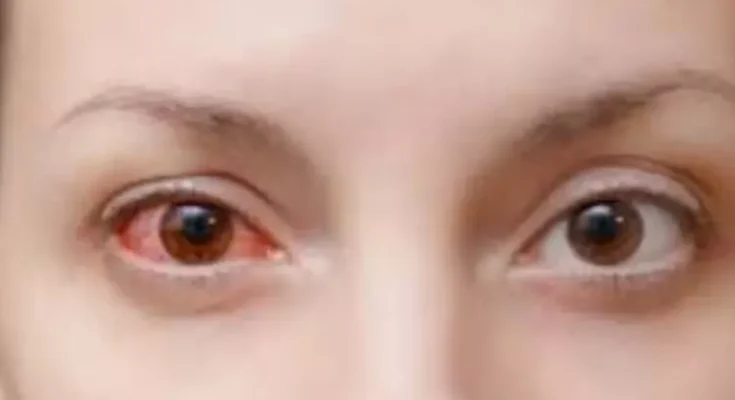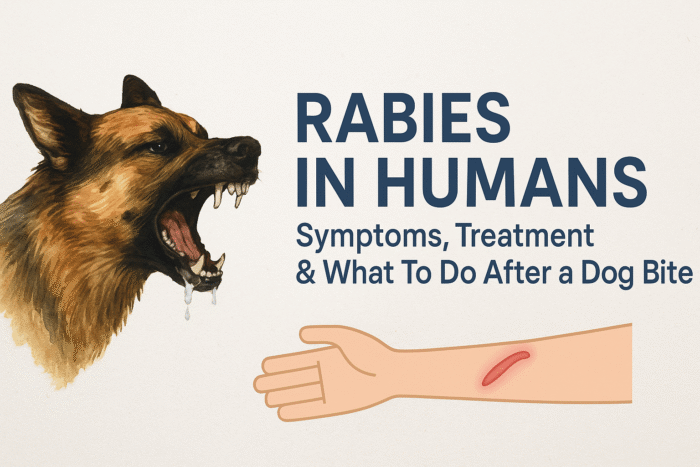Eye flu, also known as viral conjunctivitis, is a highly contagious eye infection caused by various viruses. It can spread rapidly in schools, offices, and homes, affecting people of all ages. Recognizing the symptoms and seeking prompt treatment is crucial to prevent the infection from spreading and ensuring a swift recovery. In this article, we will delve into the symptoms of eye flu and explore effective treatment options
Symptoms of Eye Flu
- Red and Irritated Eyes: One of the primary symptoms of eye flu is redness and irritation in the eyes. The conjunctiva, the clear tissue covering the white part of the eye, becomes inflamed due to the viral infection.
- Watery Discharge: Individuals with eye flu may experience excessive tearing, leading to a watery discharge. This discharge can cause crusting around the eyes, especially after sleep.
- Itchiness and Grittiness: The infected eye may feel itchy and gritty, making it uncomfortable to keep the eyes open or perform daily activities.
- Sensitivity to Light: People with eye flu may experience photophobia, a condition where their eyes become highly sensitive to light, causing discomfort and increased tear production.
- Swollen Eyelids: In some cases, eye flu can lead to swollen eyelids due to the inflammation of the conjunctiva and surrounding tissues.
- Foreign Body Sensation: Affected individuals may report a sensation of having a foreign object, such as sand or dust, trapped in their eyes.
- Transmissible Nature: Eye flu is highly contagious, and close contact with an infected person or contaminated surfaces can facilitate its spread.
Treatment for Eye Flu
- Hygiene Measures: Practicing good hygiene is crucial to prevent the spread of eye flu. Frequent handwashing with soap and water, especially after touching the eyes, is essential. Avoid sharing towels, pillowcases, and eye makeup to reduce the risk of transmission.
- Warm Compresses: Applying warm compresses to the affected eye can help soothe the irritation and alleviate discomfort. The compress also aids in reducing the crusting caused by the watery discharge.
- Artificial Tears: Over-the-counter lubricating eye drops, also known as artificial tears, can provide relief from dryness and help flush out viral particles.
- Antiviral Eye Drops: In severe cases, an ophthalmologist may prescribe antiviral eye drops to combat the viral infection and expedite the healing process.
- Avoiding Contact Lenses: During the infection, it is advisable to refrain from wearing contact lenses, as they can worsen the condition and delay recovery.
- Rest and Recovery: Adequate rest is vital for the body to combat the viral infection effectively. Avoiding screens and bright lights can also help alleviate eye strain and discomfort.
Eye flu, or viral conjunctivitis, can be a challenging and uncomfortable condition. Recognizing the symptoms early on and taking appropriate measures can help prevent its spread to others and promote a swift recovery. Remember to practice good hygiene, use warm compresses, and seek medical advice if necessary. By following these steps, you can ensure a faster return to clear and healthy eyesight


